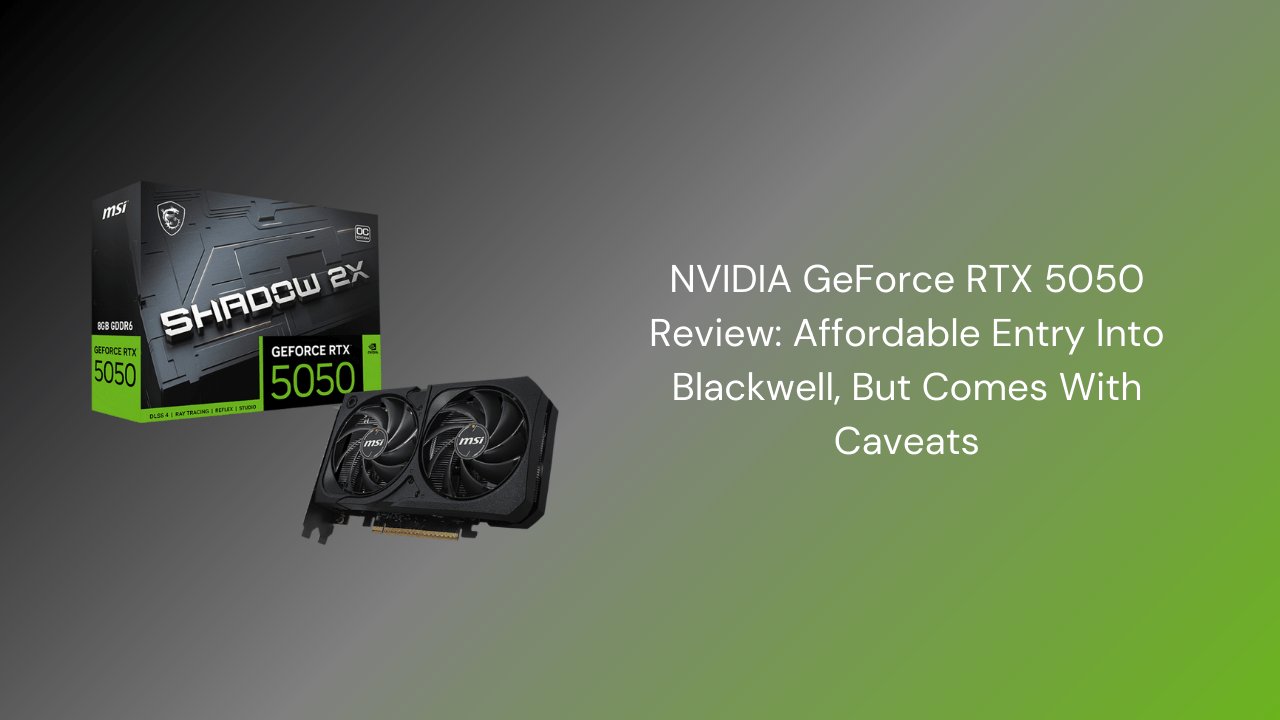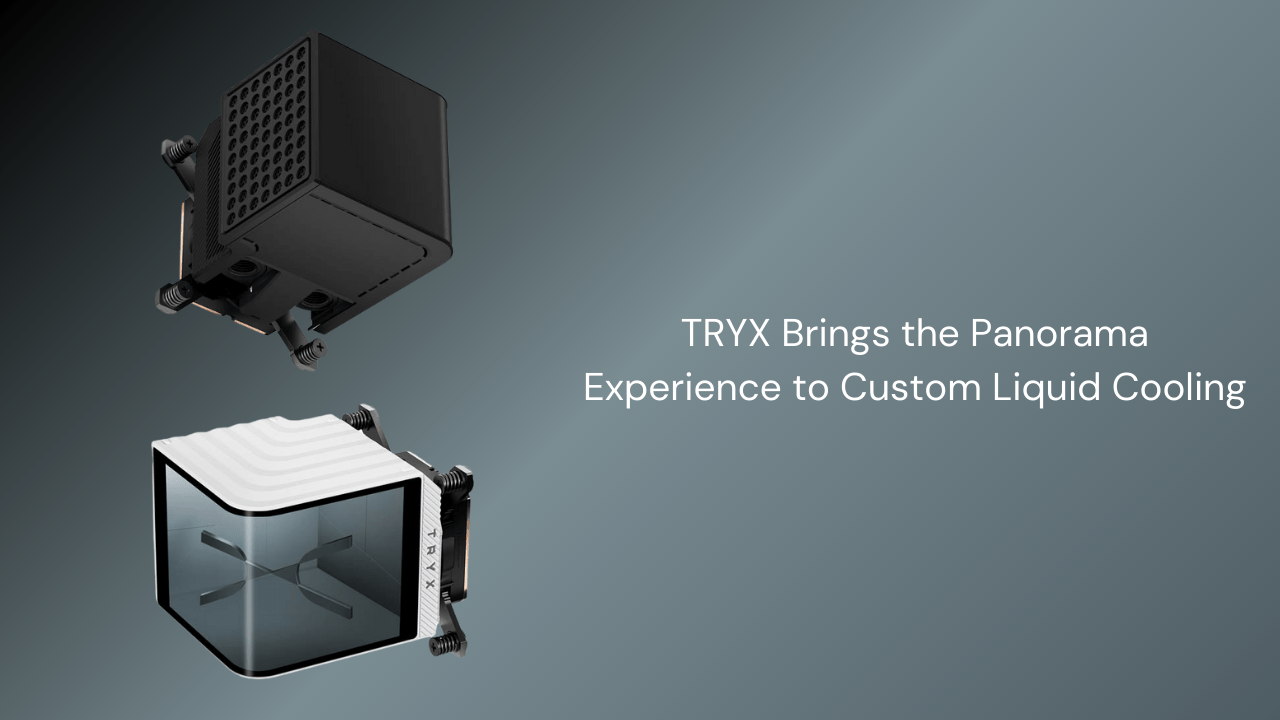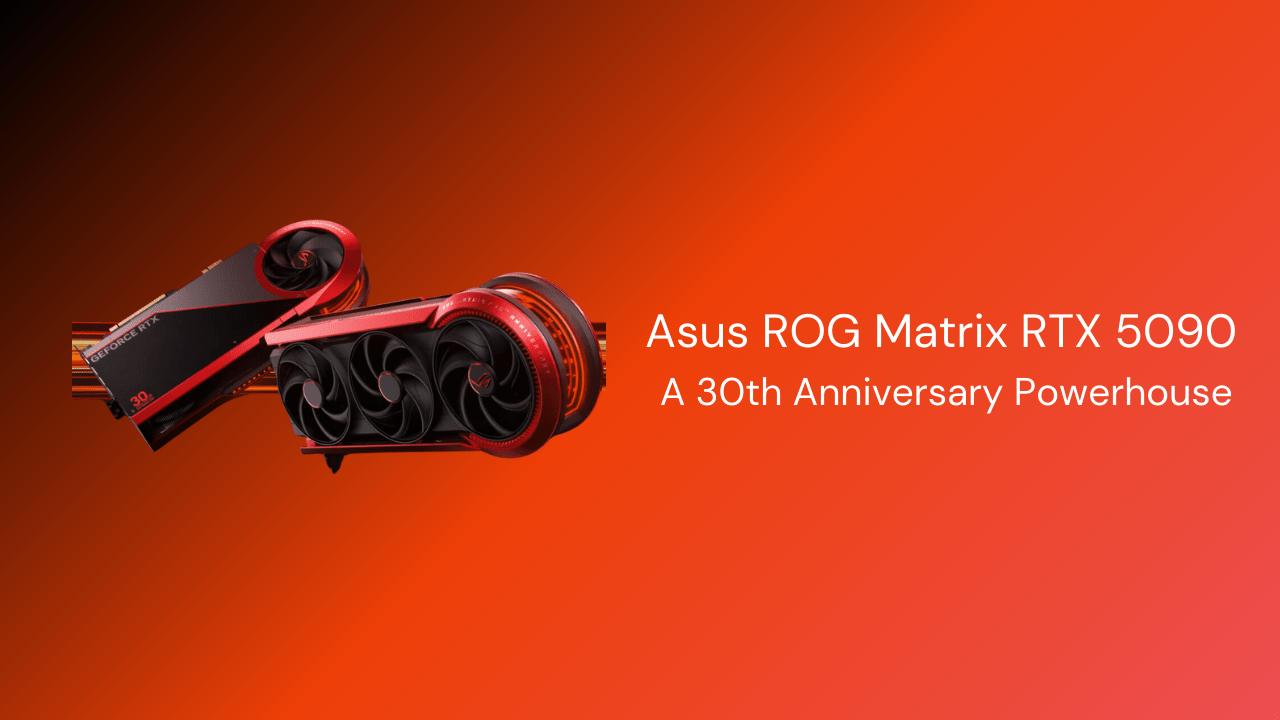NVIDIA’s GeForce RTX 5050 is now the most affordable graphics card in the RTX 50-series lineup, offering their latest Blackwell architecture at a budget-friendly price. Positioned as the entry point into next-gen features like DLSS 4 and upgraded AI cores, the card launches at a competitive $249. Despite its appeal for value-conscious gamers, there are important considerations to keep in mind.
This card includes 2,560 CUDA cores, fourth-generation ray tracing cores, and fifth-generation tensor cores. These elements support NVIDIA's new Multi Frame Generation technology built into DLSS 4, which has the potential to dramatically boost frame rates in games that support it. Operating at a base clock of around 2.31 GHz and capable of boosting to nearly 2.57 GHz, the RTX 5050 achieves a peak FP32 performance of approximately 13.16 teraflops. NVIDIA claims that users can expect up to 60 percent better traditional raster performance over the RTX 3050, with DLSS 4 offering improvements of up to 4 times in select titles, though those gains depend heavily on game support. Compared to the RTX 4060, the RTX 5050 offers about 13 percent less compute performance but comes at a significantly lower price point.
To maintain its entry-level pricing, the RTX 5050 relies on 8 GB of GDDR6 memory over a 128-bit bus with around 320 GB/s of bandwidth. This is an important distinction because while the rest of the RTX 50-series lineup benefits from faster GDDR7 memory, NVIDIA has chosen to equip the RTX 5050 with the older standard. The move keeps costs low and power draw modest at about 130 watts, but it also creates a noticeable gap in memory performance compared to its siblings. This limitation could hinder the card’s longevity as newer titles push texture sizes and bandwidth requirements higher.
Early reactions to the card have been mixed. Some users point out that offering a GPU with only 8 GB of VRAM and older GDDR6 memory at $249 feels underwhelming in 2025. Discussions on forums and social media suggest that the perceived value does not always match the pricing, particularly when AMD or even used higher-tier NVIDIA cards deliver stronger raw performance in the same range. Concerns about inflated retail prices have also surfaced, with reports of some RTX 5050s selling above MSRP soon after launch, undermining the card’s appeal as a budget-friendly option.
The NVIDIA GeForce RTX 5050 introduces the Blackwell architecture and DLSS 4 to the entry-level market, providing a cost-conscious way to access modern RTX features. It is efficient and priced attractively on paper, but the reliance on 8 GB of GDDR6 memory sets it apart from the rest of the 50-series lineup in a way that may shorten its relevance in the years ahead. Gamers primarily focused on 1080p today may find it sufficient, but those looking for future-proofing or higher resolution performance will likely want to consider alternatives with GDDR7 memory and more VRAM.



